London’s iconic Tube map design grows two new stations
As the London Tube map grows to include two brand new stations, we speak to the designer safeguarding its famous design codes

When it comes to developing the design of the London Tube map, there is no such thing as one small adjustment, says Transport for London (TfL) head of design Jon Hunter. ‘As a product, the Tube map is entirely interconnected, so even a small change can result in large sections of the map needing to be redrawn,’ he explains. ‘Is there enough space on the current map to accommodate the change and, if not, what do we need to move or change to allow it to be included?’
It was a consideration that came into play with the first major Tube extension this century, with the addition of new stations Nine Elms and Battersea Power Station in a move that puts previously neglected south London on to the Tube map.
The new stations are represented by a curving loop already seen in other parts of the map, such as between Liverpool Street and Aldgate. To ensure consistency, strict design standards specify everything from the thickness of the lines and dimensions of the angles to the spacing of the station names.
As well as conforming to these design codes, tweaks to the design must also respect physical boundaries. ‘One of the constraints that we face when adding additional content to the map is the symbiotic relationship with other elements that must appear,’ adds Hunter. ‘For example, the River Thames, other nearby lines and the fare zones, which often combine to determine the eventual design solution. The representation of the Northern Line Extension was created using the existing design elements. The design continually evolves as we consider what additional information would be useful to customers, for example including short walking interchanges between some stations.’
The resulting contemporary design, even when allowing for these changes, is still rooted in the classic and original version of the map designed by Harry Beck in 1933. ‘As a truly iconic design, we seek to evolve the Tube map to best suit the ever-growing size of the network. The recent launch of the TfLGo app provides the same design language in a digital format, but allows for personalisation by the user.’
INFORMATION
Receive our daily digest of inspiration, escapism and design stories from around the world direct to your inbox.
Hannah Silver is the Art, Culture, Watches & Jewellery Editor of Wallpaper*. Since joining in 2019, she has overseen offbeat art trends and conducted in-depth profiles, as well as writing and commissioning extensively across the worlds of culture and luxury. She enjoys travelling, visiting artists' studios and viewing exhibitions around the world, and has interviewed artists and designers including Maggi Hambling, William Kentridge, Jonathan Anderson, Chantal Joffe, Lubaina Himid, Tilda Swinton and Mickalene Thomas.
-
 How Memphis developed from an informal gathering of restless creatives into one of design's most influential movements
How Memphis developed from an informal gathering of restless creatives into one of design's most influential movementsEverything you want to know about Memphis Design, from its history to its leading figures to the pieces to know (and buy)
-
 Aidia Studio's mesmerising forms blend biophilia and local craft
Aidia Studio's mesmerising forms blend biophilia and local craftMexican architecture practice Aidia Studio's co-founders, Rolando Rodríguez-Leal and Natalia Wrzask, bring together imaginative ways of building and biophilic references
-
 Modern masters: the ultimate guide to Keith Haring
Modern masters: the ultimate guide to Keith HaringKeith Haring's bold visual identity brought visibility to the marginalised
-
 Bees can now check in at Kew’s new pollinator hotel
Bees can now check in at Kew’s new pollinator hotelAt Wakehurst, Kew’s wild botanic garden, artist Kristina Pulejkova unveils four functional sculptures that tell the hidden story of seeds and act as a refuge for bees during the heat of summer
-
 Lulu Harrison is the Ralph Saltzman Prize winner 2025
Lulu Harrison is the Ralph Saltzman Prize winner 2025The Design Museum, London, announces Lulu Harrison as winner of The Ralph Saltzman Prize for emerging designers, and will showcase her work from 24 June to 25 August 2025
-
 ‘Designers are far more than just producers of commercial goods’: Samuel Ross on the London Design Biennale
‘Designers are far more than just producers of commercial goods’: Samuel Ross on the London Design BiennaleThe artistic director of the major event and founder of A-COLD-WALL* discusses the role of a designer and the future of the sector in an exclusive interview
-
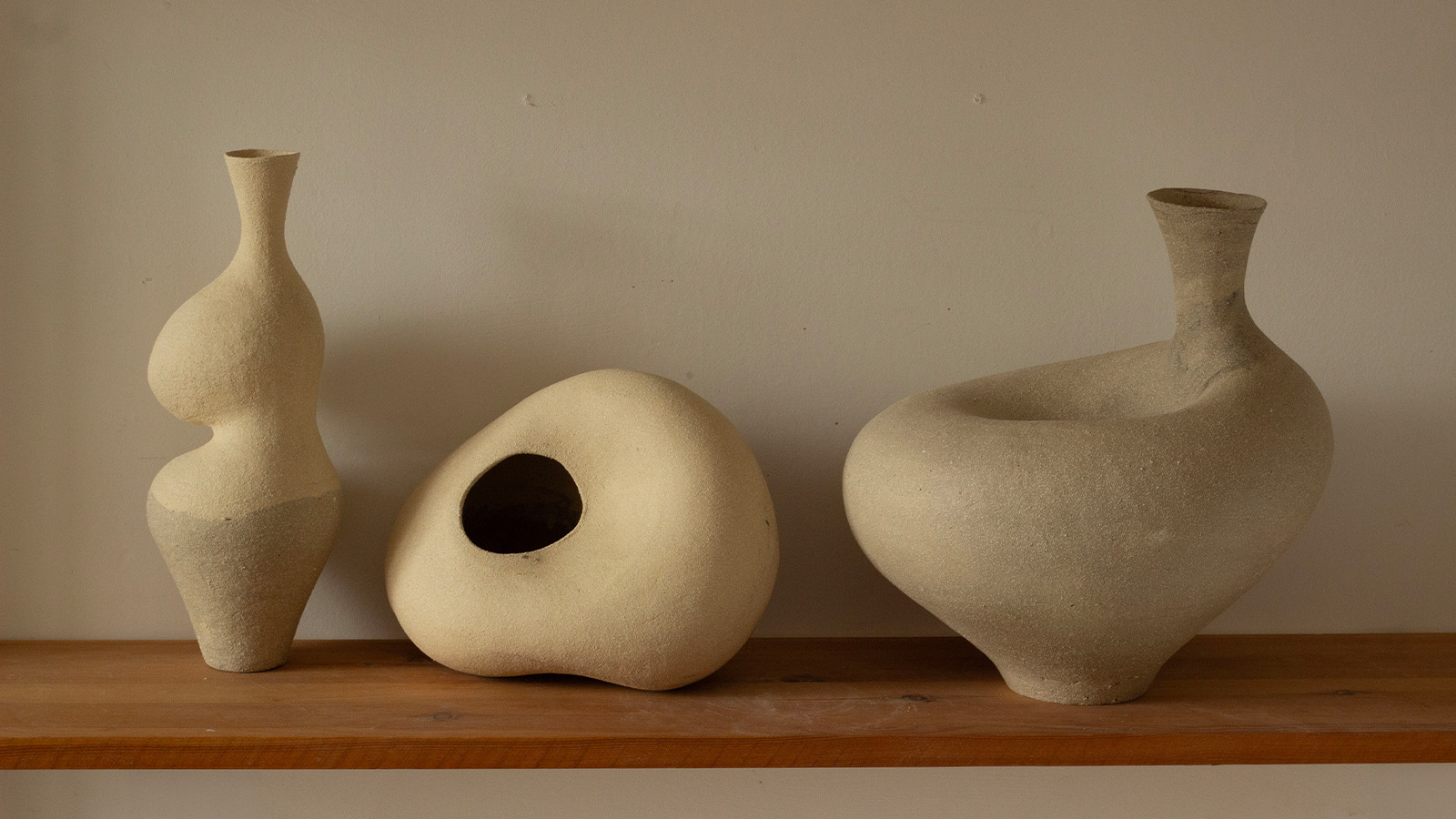 London Craft Week 2025 highlights – what to see this weekend
London Craft Week 2025 highlights – what to see this weekendLondon Craft Week 2025 (until 18 May) brings together some 1,000 established and emerging makers. Here is everything we saw and loved so you don't miss a thing
-
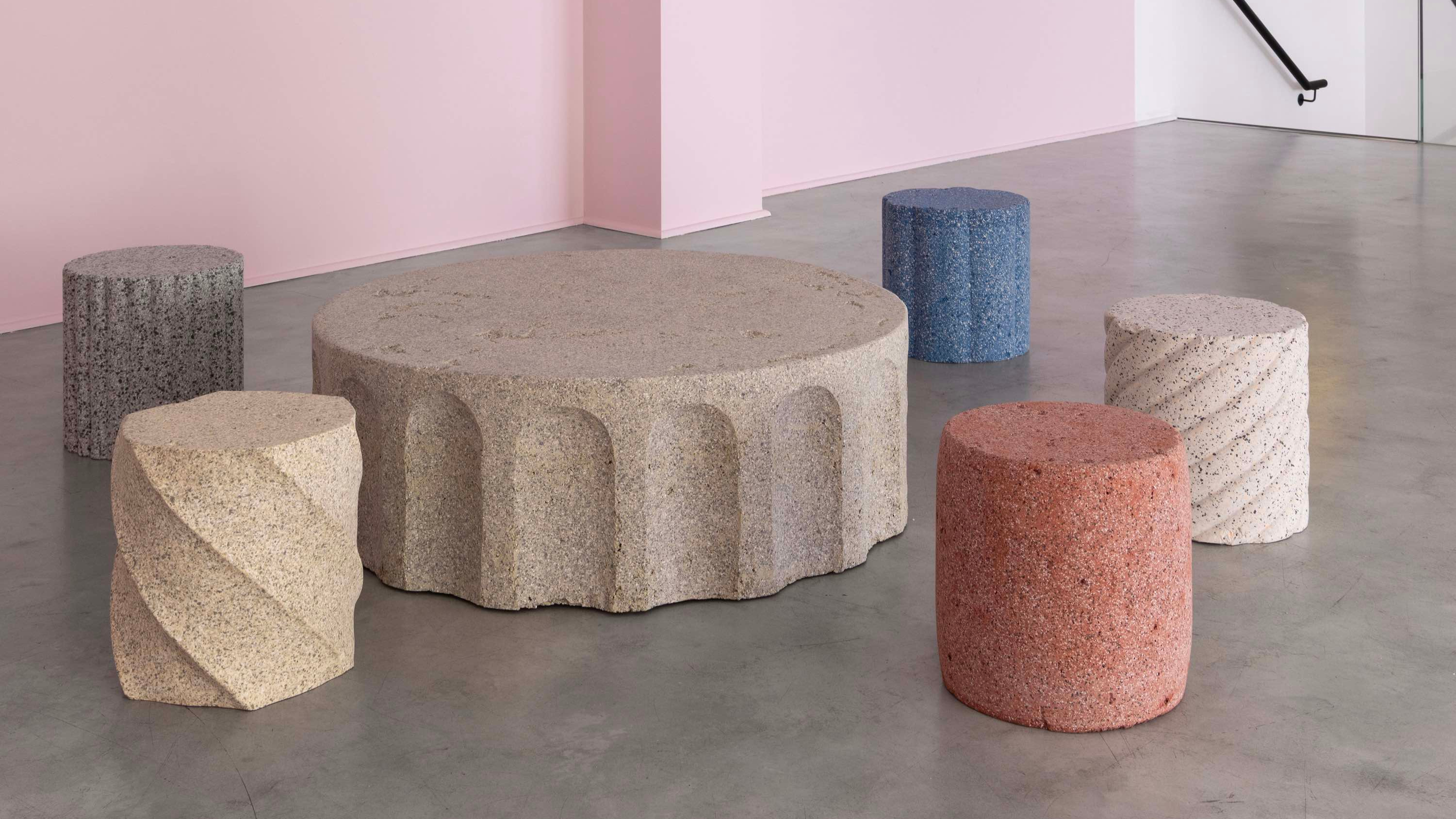 Erasers become architectural illusions at Gallery Fumi
Erasers become architectural illusions at Gallery FumiLondon duo Study O Portable unveil 'Rubber Rocks', trompe-l’œil furniture made from erasers, exploring themes of materiality, memory and architectural decay
-
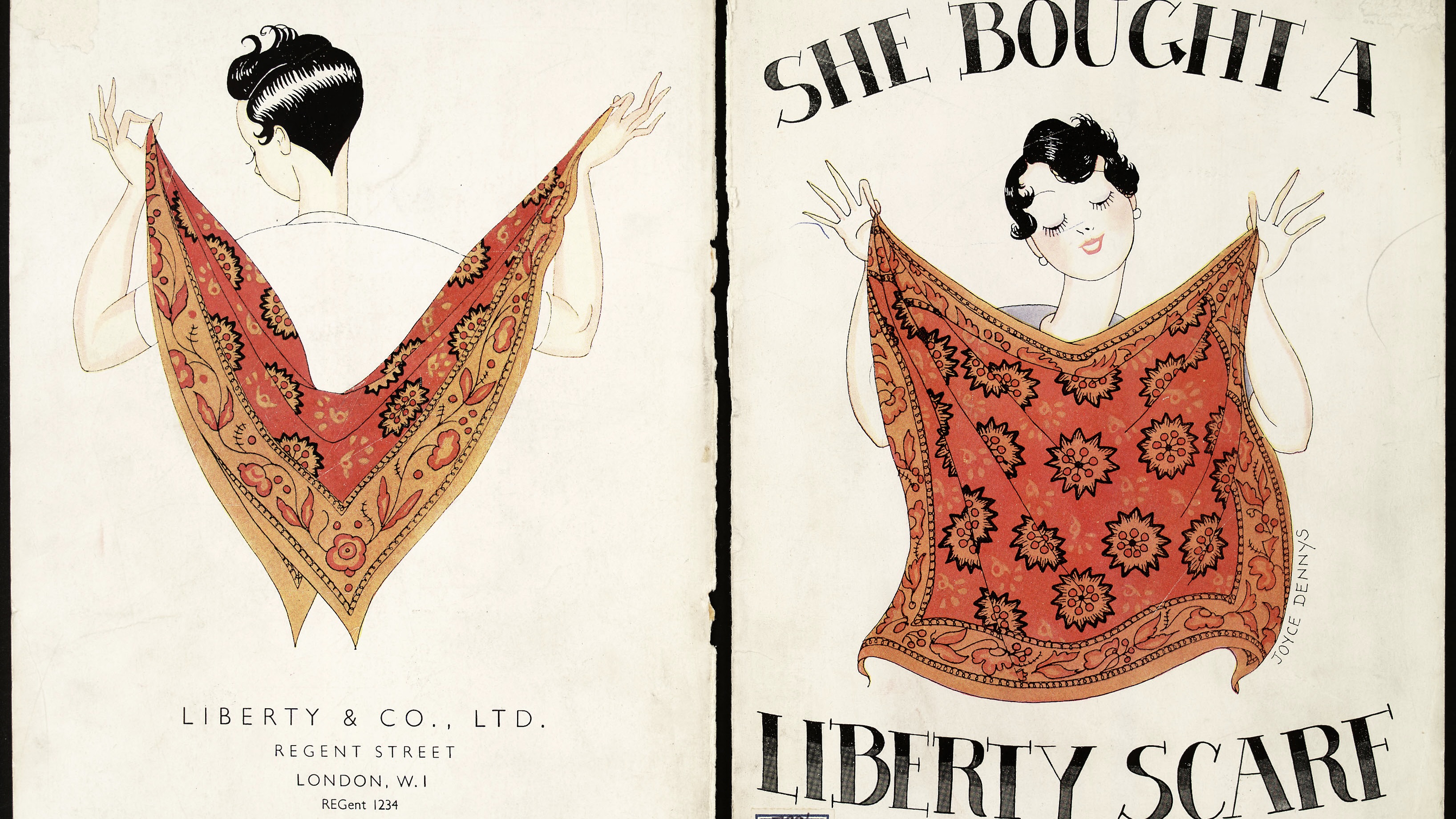 Liberty at 150: a history of the brand in 10 objects
Liberty at 150: a history of the brand in 10 objectsLiberty is marking its 150th anniversary; to celebrate, we remember products and prints that helped make the department store the cultural touchpoint it is today
-
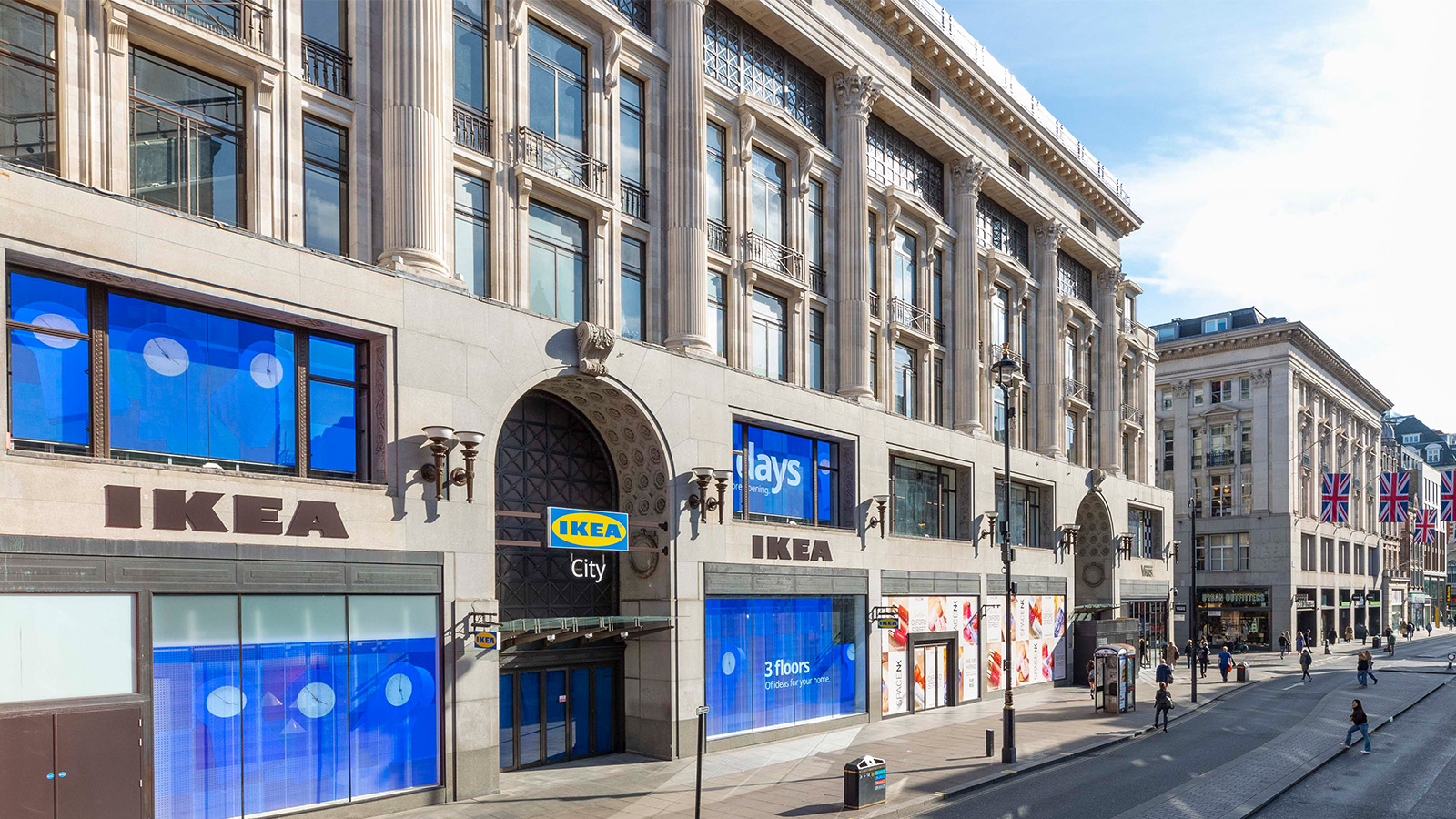 A first look inside the new Oxford Street Ikea. Spoiler: blue bags and meatballs are included
A first look inside the new Oxford Street Ikea. Spoiler: blue bags and meatballs are includedThe new Oxford Street Ikea opens tomorrow (1 May), giving Londoners access to the Swedish furniture brand right in the heart of the city
-
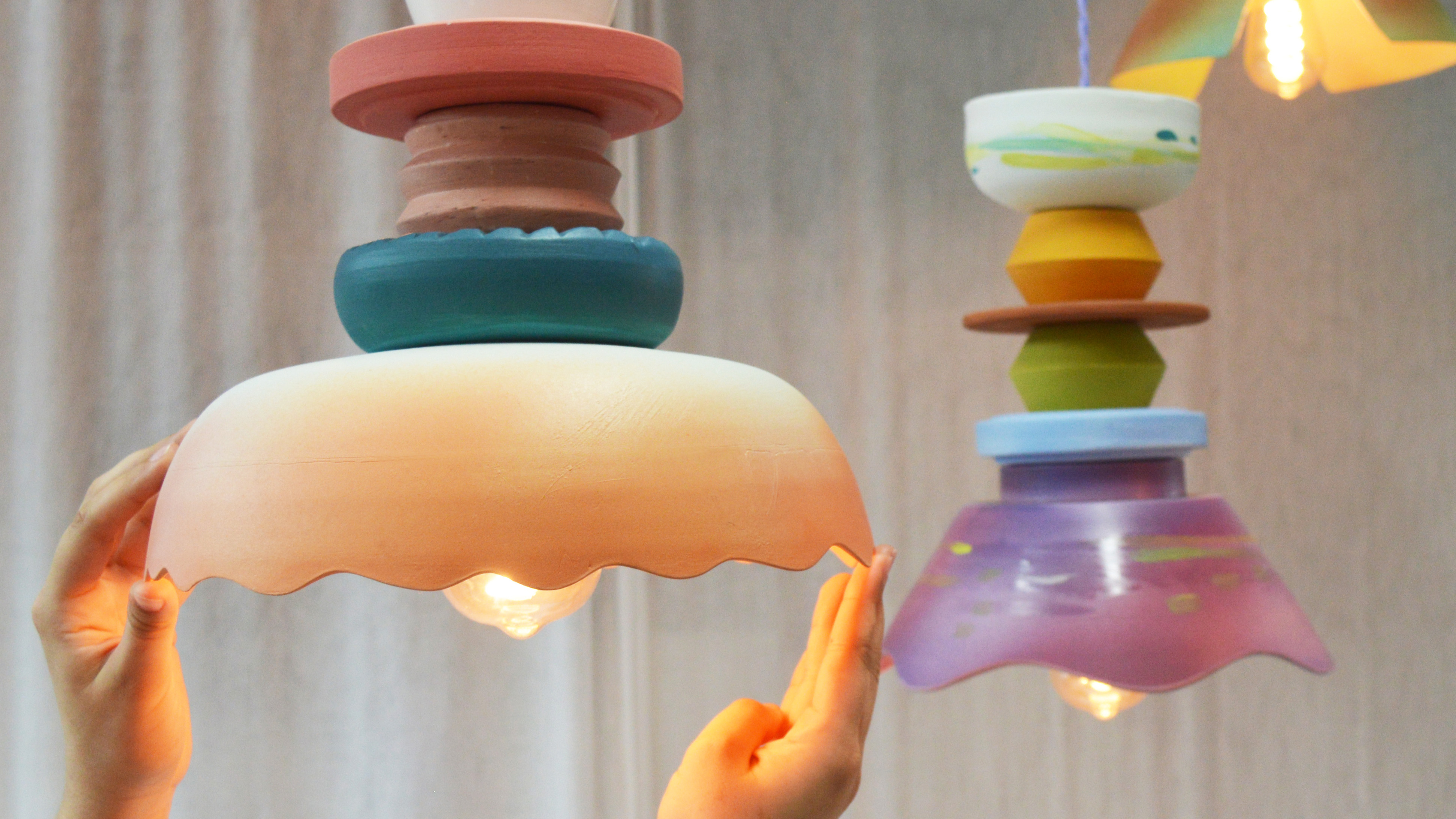 What to see at London Craft Week 2025
What to see at London Craft Week 2025With London Craft Week just around the corner, Wallpaper* rounds up the must-see moments from this year’s programme